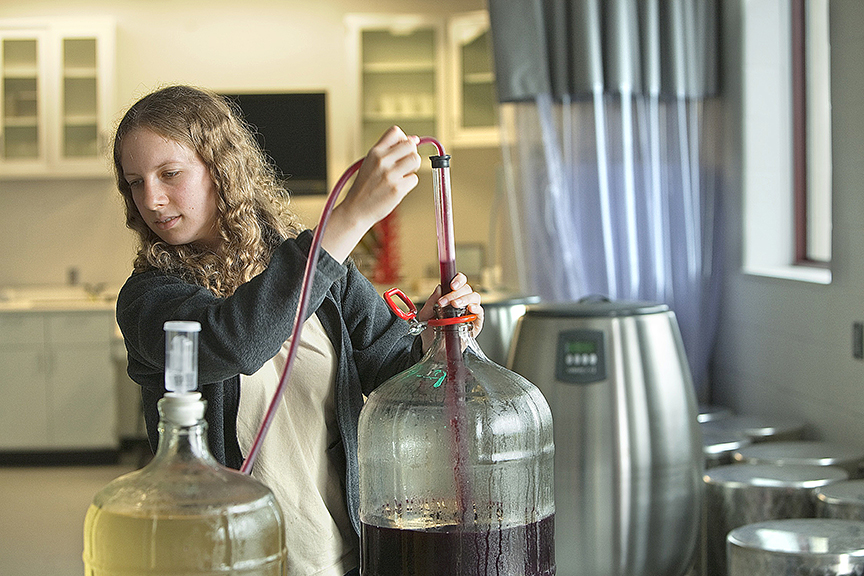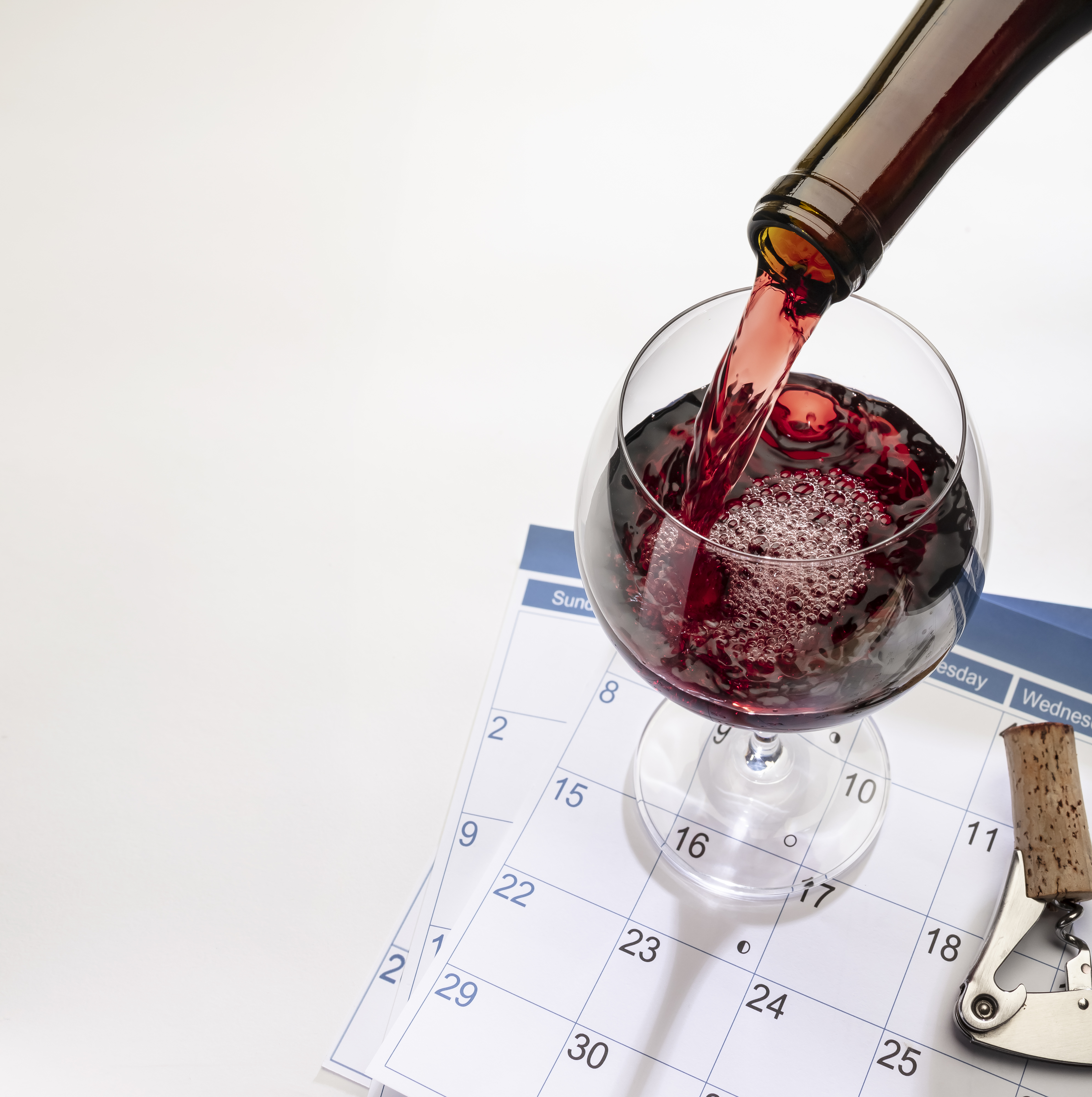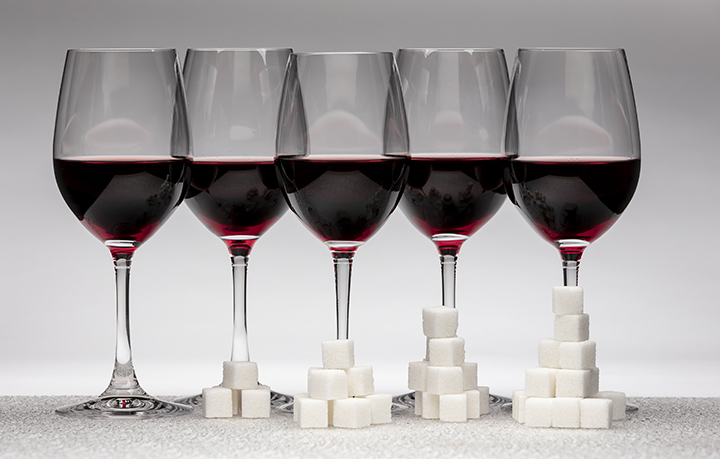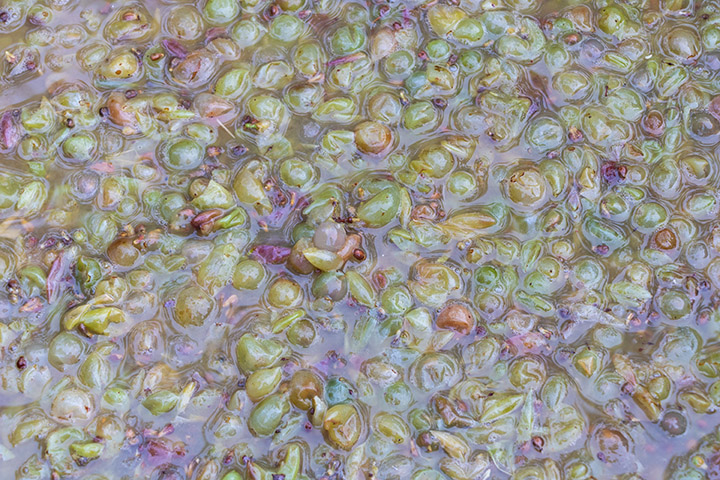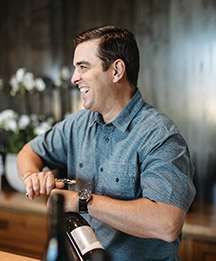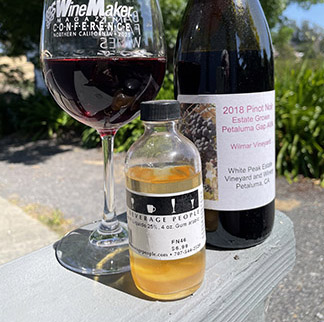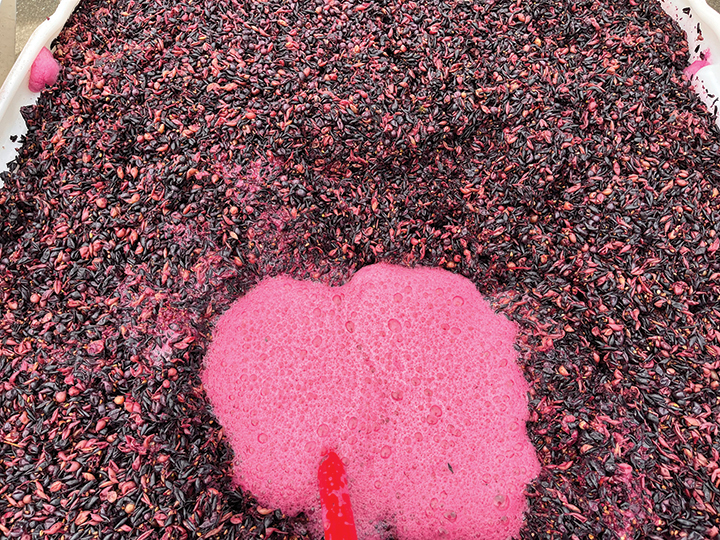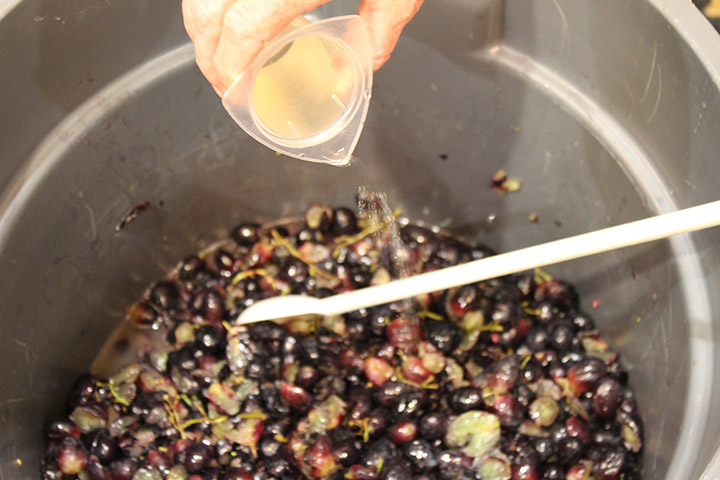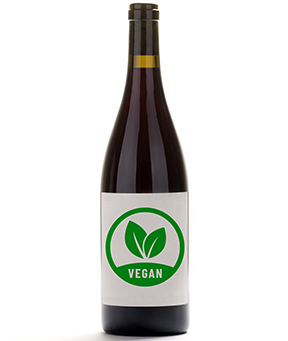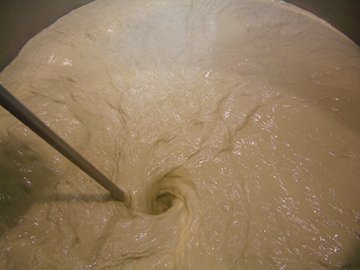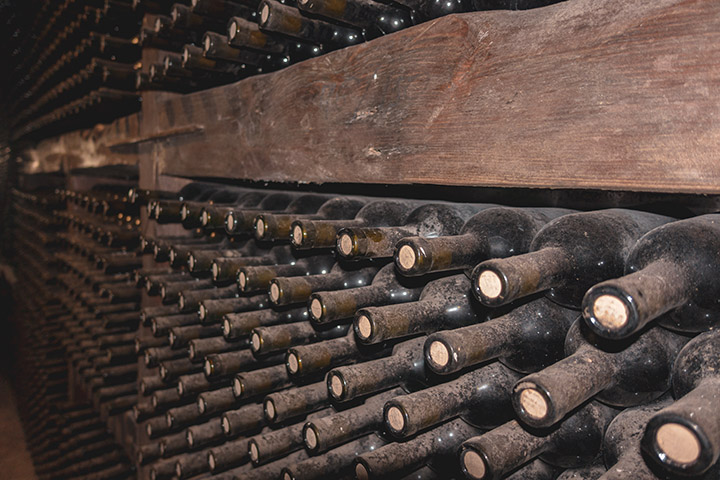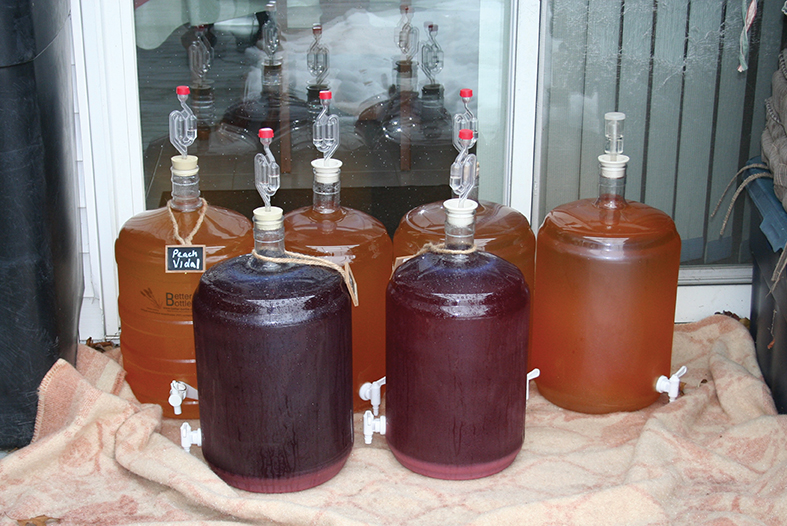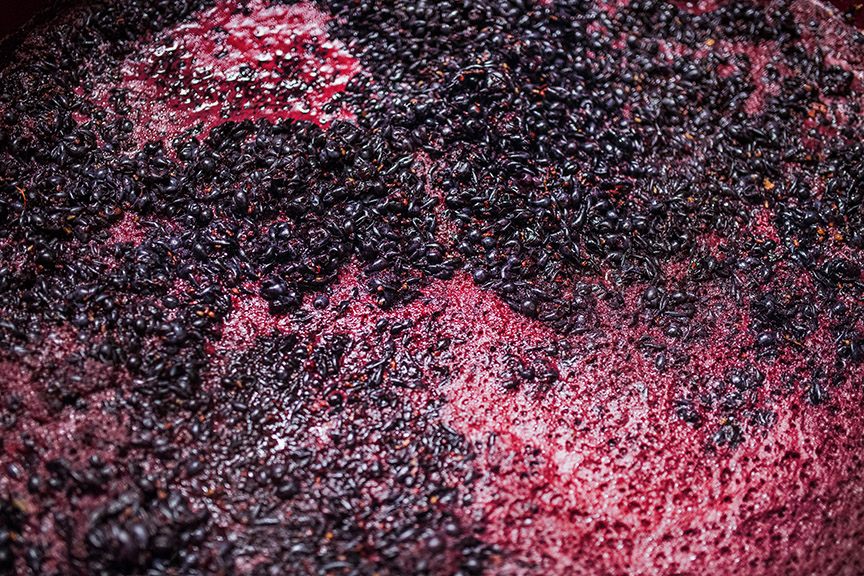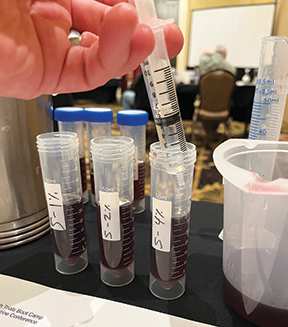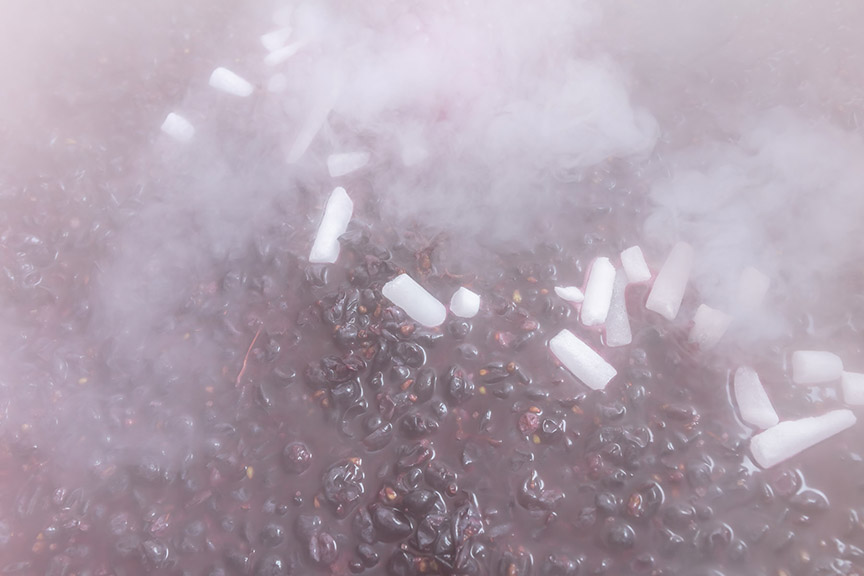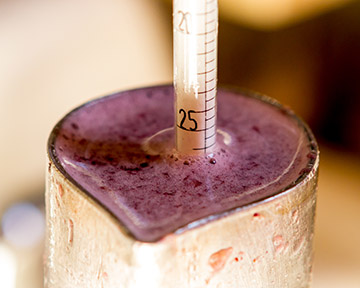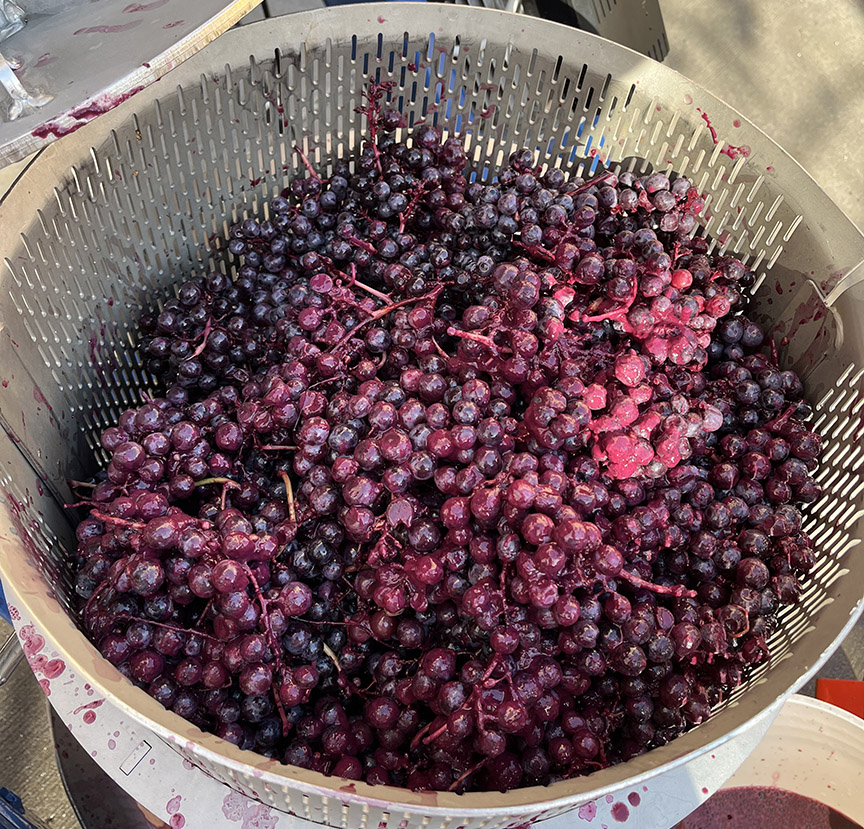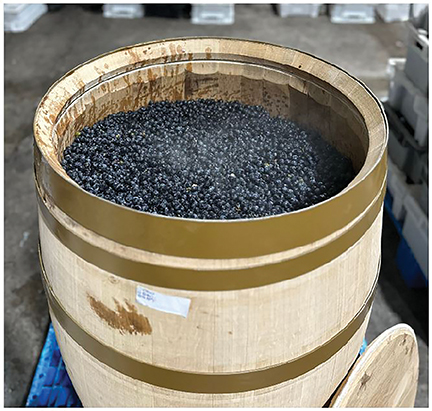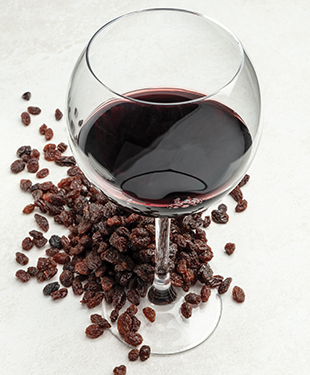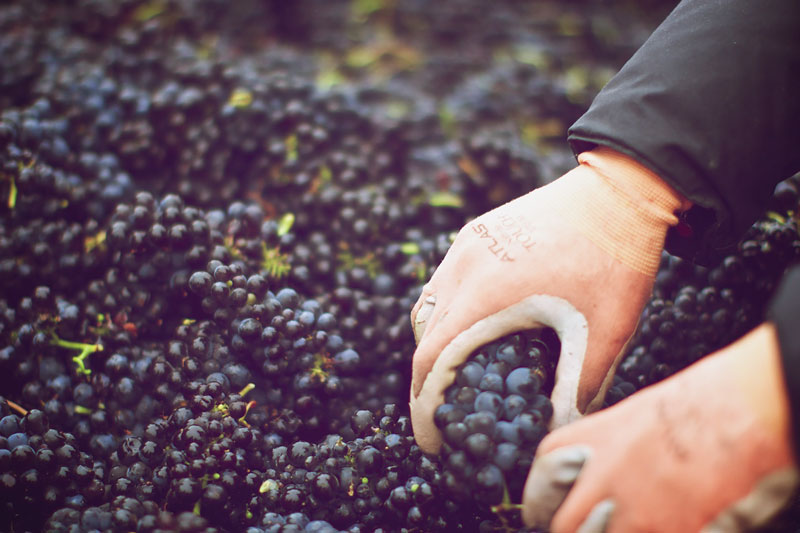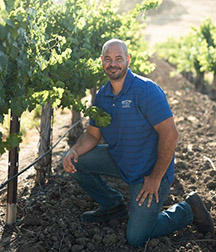Techniques
Turbidity
Clarity, or turbidity, is a key aspect of wine evaluation. Let’s revisit the fundamentals of wine clarity and examine how incorporating turbidity analysis and control into your process can help you bottle with confidence, knowing your wine will remain stable.
Racking Wine
Racking — the action of transferring wine off the lees to another vessel — is an important technique that is required to produce clear finished wine. Learn more about when and why racking is important, as well as ways to accomplish it that depend on the volume of wine you are making.
Fine Wine in Less Time
When you want a finished wine quicker, there are techniques and products to help speed along the process of wine from grapes without sacrificing quality. It’s not cutting corners, it’s about working smarter.
Chaptalization — How Far Can You Go?
Adding sugar to bring up the Brix is necessary in parts of the world, especially during vintages with heavy rain. A Virginia winery did a study on the impact of adding different amounts and types of sugar, which home winemakers can take a page from when they have low-Brix grapes.
Skin-Contact White Wines
Orange wine is made by treating white grapes in a similar manner to red wine production, with fermentation conducted on the skins. Even if orange wine isn’t the goal, allowing some skin contact with your white wines can enhance their aromatics.
MLF: Tips From the Pros
Two pro winemakers share their approach to conducting malolactic fermentation — one prefers to begin it a couple days after primary fermentation takes off, the other allows primary to finish before beginning the secondary malolactic fermentation.
Using Gum Arabic
Gum arabic is a natural anti-flocculant with a list of benefits that includes helping prevent tartrate crystals from forming, smoothing out young red wines, and adding mouthfeel to thin wines. Get to know this important additive every winemaker should have on hand.
Chemistry of Must Correction
Clark Smith offers ways to extract the most from your grapes by digging into the chemistry of must correction — including methods to boost color, the impact adding sugar or water may have, and other techniques to keep in mind.
Pectic Enzymes
Pectic enzymes are often used in fruit and other high-pectin wines to aid in clarity, but also serve as a useful tool post-crush to aid in juice, color, and aroma extraction for many grape wines.
Vegan Winemaking Products
Manufacturers have recently released many plant-based or microbial-sourced products. Learn about these products, even if vegan isn’t your primary goal.
It’s All Fine and Good
There are many different types of fining agents available to home winemakers that fall into these four groupings: Mineral, polysaccharide, synthetic polymer, and protein agents. Learn what each is best used for and when you may be better to employ one vs. another.
Making Age-Worthy Wines
Making a wine that benefits from long-term cellaring — be it red or white — requires high-quality grapes and a meticulous focus on the details. Explore the science and techniques required to craft an age-worthy wine.
Mid-Winter Check-In
Harvest and the heavy lifting of crushing and fermenting your previous vintage are in the rearview mirror at this point. That doesn’t mean the work is over. Let’s check in on your wines and review the steps every winemaker should be taking during the long winter months.
Fermentation on the Mind
While the yeast technically does all the work, a winemaker has a lot of influence in the success of their fermentations. Understanding best practices — from rehydrating dry yeast and measured nutrient additions — as well as options like co-inoculation and using non-Saccharomyces yeasts are important tools to influence the final outcome of your wine.
Backsweetening
Backsweetening is most often done to add sweetness to a wine, but it can also help take the edge off a harsh vintage and is used in making traditional-method sparkling wines. Learn how to backsweeten and stabilize a wine prior to bottling.
Using Dry Ice
Dry ice has numerous applications for the home winemaker who needs to chill their must or juice without watering it down. Learn more about the many uses and safety precautions when dealing with carbon dioxide in its frozen form.
Get the Most From Harvest Numbers
While taste should drive many decisions, the numbers can’t be ignored. Chik Brenneman shares the ideal statistics he looks for at harvest and what numbers outside of this range mean when the grapes enter the winery.
Special Purpose Wine Yeasts
Sometimes we want a wine yeast that will strictly ferment a wine dry in the conditions available to it, but other instances require special purpose wine yeasts. Learn about yeast strains that serve more purposes than simply completing fermentation — be it for high-vigor, malic acid management, minimizing faults, and more.
Bottling Basics
Familiarize yourself with the critical steps and equipment required to bottle your wine.
Whole Cluster Fermentation
Whole cluster fermentation — fermenting grapes without crushing and destemming them first — is a technique that has been around for ages. Let’s take a deep dive into the benefits of this technique, what the research says, and whether you may want to consider whole cluster fermentation at home.
Barrel Fermentations
Barrel aging typically begins after alcoholic fermentation is complete, however, you don’t have to wait until your wine is dry to start getting the benefits of oak. Learn about the advantages of fermenting in a barrel and ways it can be done at home.
Boost Your Wines With Raisins
Raisins can be used to add body, flavor, sugar, and complexity to grape wines. They can add a wine-like character to fruit wines. And they can even be made into wine on their own. Learn more about the use of raisins in winemaking.
Whole Cluster Fermentation Tips
Two pros share why they prefer whole cluster fermentations for certain varieties, the impact it has, and considerations home winemakers should make if they plan to forgo the crush.
Expressing Terroir in Red Wine
Over the last decade or so, the word “terroir” has become the buzz word not just among wine lovers, but the greater agricultural world. Bob Peak walks us through several real-world examples of expressing terroir when making a red wine.
Beyond Oak: Tips from the Pros
Almost all winemakers use oak barrels for aging red and some white wines, as has been the case for ages. However, if you go back far enough, other woods were once common. Even today there are some winemakers who utilize unique woods that bring different characteristics to a wine. This seems like an area ideal for adventurous home winemakers working with smaller batch sizes, less pressure from market demand, and more freedom and flexibility to experiment. To help get us started, we found two pros with experience in this realm and asked for advice.

